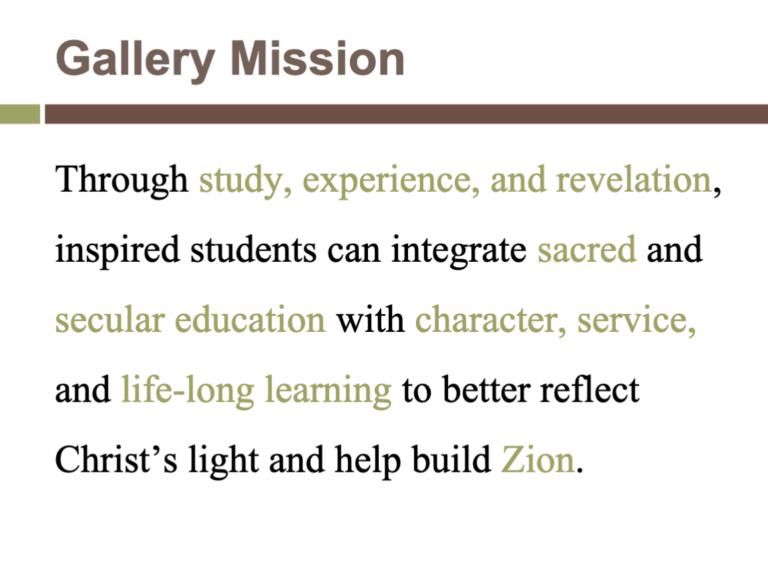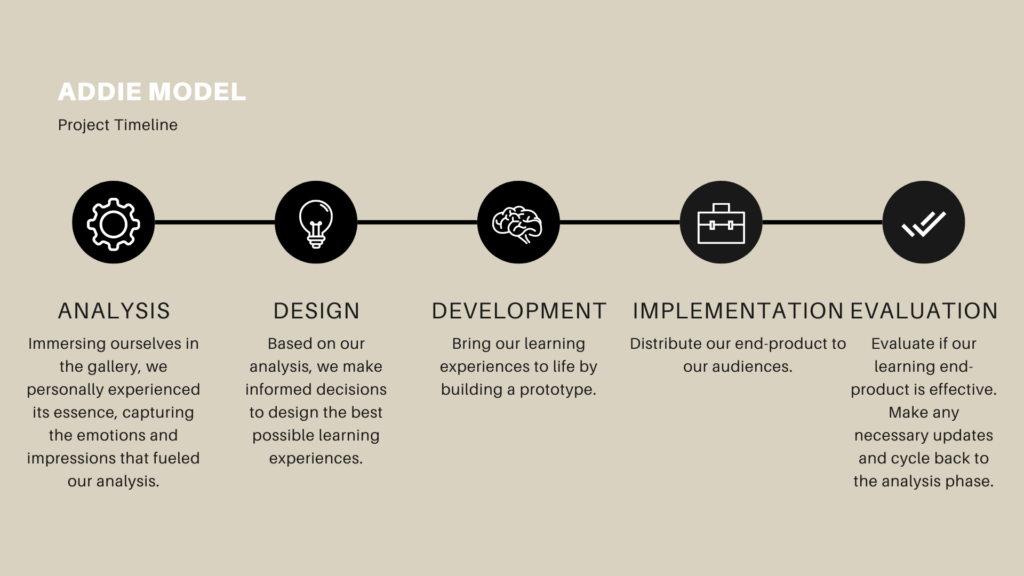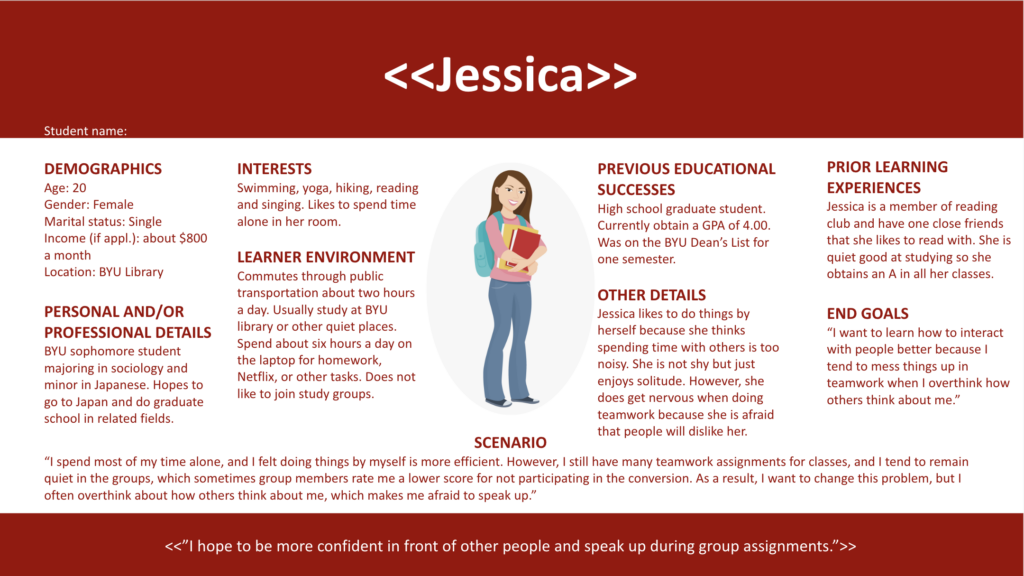Design Thinking
In my course on design thinking, I delved into observing real-world human interactions for the first time, understanding their intricacies and the role of technology in enhancing these dynamics. Our semester project aimed to increase engagement at our school gallery by applying these principles, fostering a more interactive setting. This experience has profoundly influenced my approach to human-computer interaction, highlighting the importance of user-focused design.
Project
Client Facing Course Project at Brigham Young University Design Thinking Class under Design Thinking minor
Duration
January- April 2022
Tools Used
Figma, Canvas, Microsoft Office
Team
Professor: Dr. McDonald
Teammates: Will Sowards, Annie Brown, Chloe Weng, Alyssa Minor, Kalib Taylor, and Jacob Zundel
Intro
Over the course of this semester we have worked on ideas for augmenting the Education in Zion Gallery (located in the Joseph F. Smith building on the BYU campus). The gallery showcases exhibits that are intended to be experienced by members of the BYU campus community. The mission of the gallery is that “through study, experience, and revelation, inspired students can integrate sacred and secular education with character, service, and life-long learning to better reflect Christ’s light and help build Zion”. Therefore, we have been asked by the gallery to introduce more participatory aspects to the exhibits in the gallery to symbolize the four Aims of a BYU Education and help students integrate their secular and spiritual learning.

Spiritual
Geospacing
One of our products is integrating AI into the gallery viewing process. Spiritual Geocaching is a mobile application that acts as a virtual tour guide and implements interactive activities to facilitate the gallery’s viewing experience. We named this application Spiritual Geocaching because it incorporates geographical synchronization and users have to follow the guide to complete the game. The learning outcome of this activity is to evaluate how well ideas the visitors encounter for integrating secular and spiritual learning fit with their current, personal circumstances. The following section will investigate why we have come out with this product.
Critical Incidence Analysis
Reorienting the Target Audience: Initially, the gallery focused on students as its primary viewers. However, recognizing that students might not visit frequently, we recommend targeting parents, children, and other visitors who are more likely to return.
Enhancing Viewer Engagement: The original viewing experience at the gallery was limited to videos and images. By integrating AI, we can make the experience more engaging. Additionally, the introduction of ‘Spiritual Geospacing,’ which incorporates interactive games, further enriches audience engagement.
Improving Repeat Visits through Personalization: Interviews with visitors revealed a common barrier to repeat visits: a lack of new information. Our solution involves an app that collects personal data from visitors to keep them informed about upcoming events and gallery updates, encouraging return visits.
Validation
Visitor Feedback and Analysis: We conducted interviews with gallery visitors to gather feedback on their experiences. The results were analyzed to identify key areas for improvement, ensuring that the enhancements are user-focused and address actual needs.
Prototyping and Testing: We developed a mockup of the proposed enhancements and conducted tests to assess usability and engagement. This iterative process allows for refining the concept based on real user interactions and feedback.
Gallery Manager Approval: The final step involved presenting the enhanced gallery experience to the gallery manager for approval. This ensured that all changes align with the gallery’s mission and aesthetic, and are suitable for the museum’s environment.


PROJECT
Development
Using the ADDIE model as our guide, we embarked on a meticulous process to create our product. We started by choosing a focus, seeking to deeply understand our target audience and empathize with their experiences. Through this exploration, we identified common themes among all personas, such as the quest for identity, clarity, and balance amidst multiple responsibilities. Our critical incident analyses revealed that integrating the spiritual with the secular is a challenge for college students, with scripture study serving as a valuable tool. We developed learning objectives to help students recognize their spiritual opportunities, identify existing practices aligning with integration, and evaluate new ideas based on their personal circumstances.